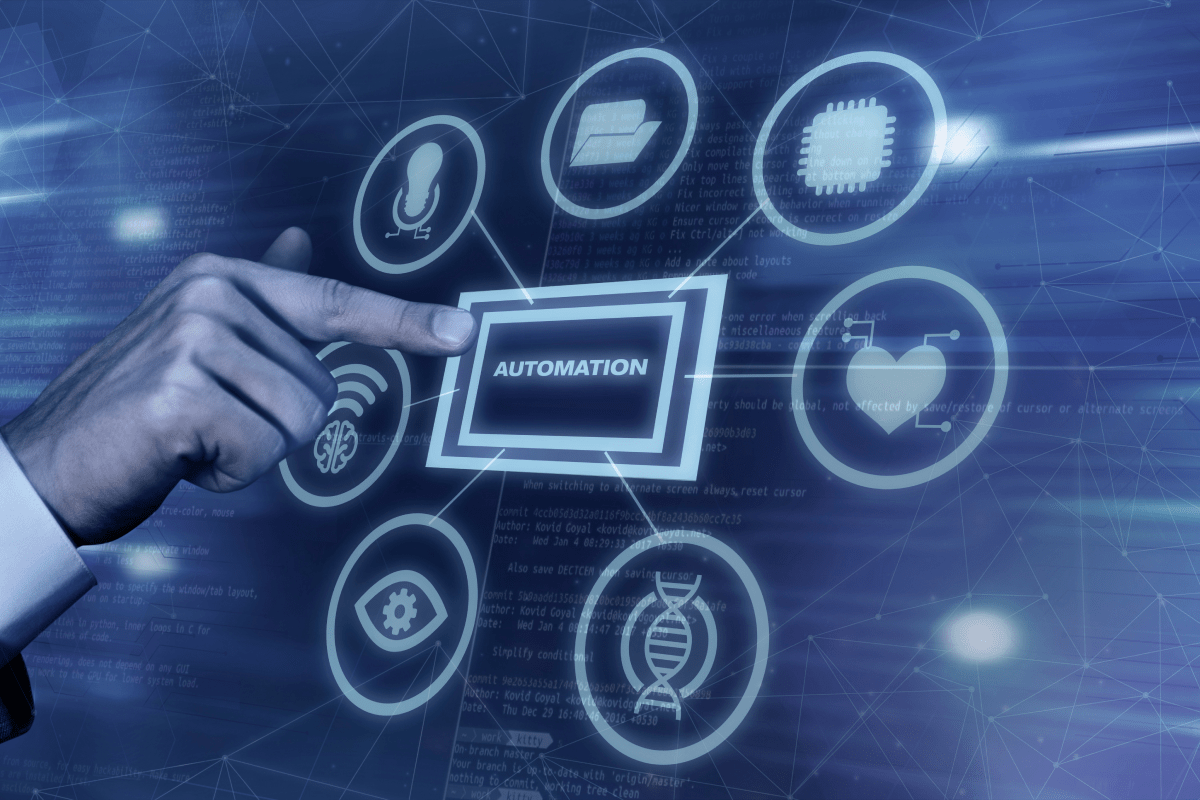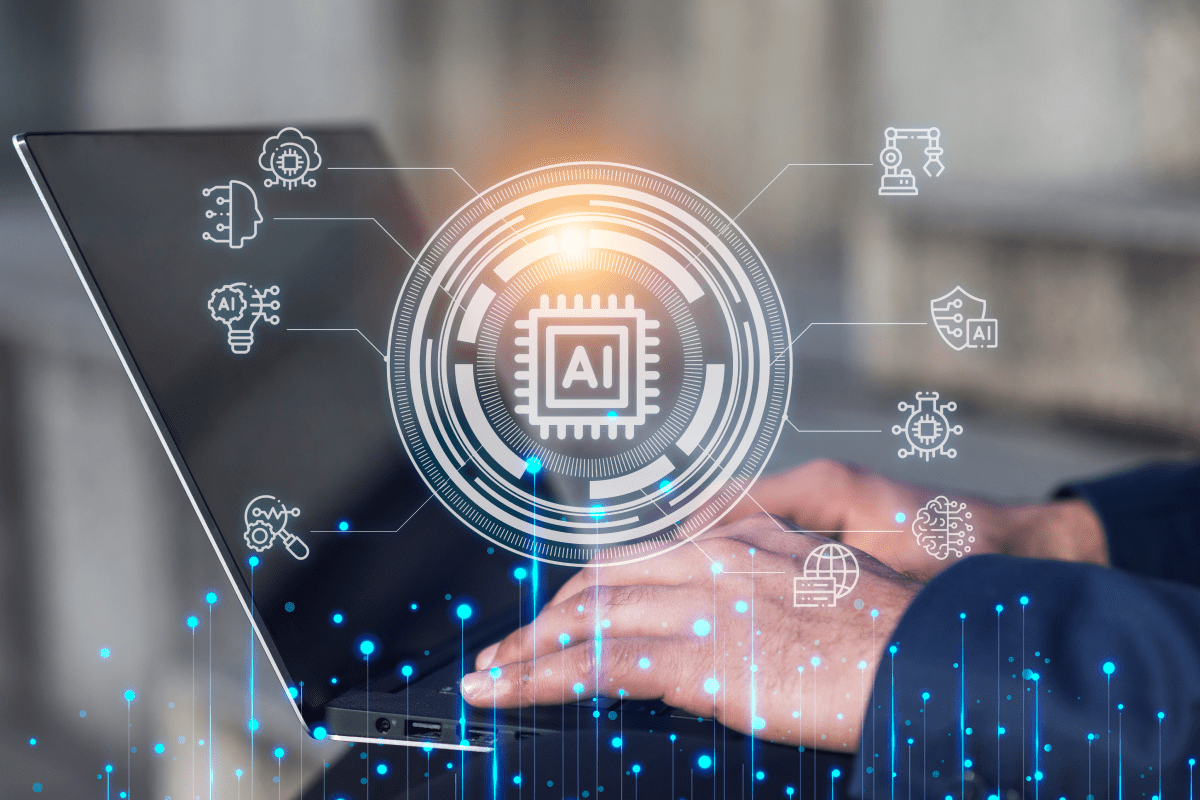The digital landscape is a constantly shifting battleground where cybercriminals employ increasingly sophisticated techniques to exploit vulnerabilities. Traditional security measures, while still valuable, are often reactive and struggle to keep pace with the speed at which threats evolve. This calls for a proactive approach, and automated security emerges as a key player in staying one step ahead of cyber adversaries.
Understanding Automated Security
Definition and Concepts
Automated security involves the use of technology to perform tasks without direct human intervention. From routine processes to complex threat detection algorithms, automation allows for a faster and more consistent response to potential security incidents.
Benefits of Automated Security
- Speed and Efficiency: Automated systems operate in real-time, enabling rapid threat detection and response.
- Consistency: Human error is a common factor in security lapses. Automation ensures a consistent application of security policies.
- 24/7 Monitoring: Unlike human operators, automated systems work around the clock, providing continuous surveillance and threat detection.
Key Components of Automated Security Systems
Threat Intelligence
One of the cornerstones of effective automated security is up-to-date threat intelligence. By constantly monitoring global threat landscapes, automated systems can categorize and respond to potential threats with unparalleled accuracy.
Incident Response
Automated incident response systems streamline the process of identifying, analyzing, and mitigating security incidents. This ensures a rapid and coordinated response, minimizing the impact of a security breach.
User Behavior Analytics
Understanding normal user behavior is crucial in identifying anomalies that may indicate a security threat. Automation can analyze vast amounts of data to recognize patterns and deviations, triggering alerts for further investigation.
Patch Management
Keeping software and systems up-to-date is vital for security. Automation can handle the timely deployment of patches and updates, reducing the window of vulnerability.
Real-world Applications of Automated Security
Network Security
Automated systems can monitor network traffic in real-time, identifying suspicious activities and preventing potential breaches. This is particularly critical as businesses increasingly rely on interconnected systems.
Endpoint Security
Securing individual devices is a fundamental aspect of overall security. Automation helps in the deployment of security updates, antivirus scans, and the isolation of compromised endpoints.
Cloud Security
As organizations migrate to the cloud, the need for robust cloud security measures becomes paramount. Automation plays a key role in ensuring the continuous monitoring and protection of cloud-based assets, addressing the unique challenges posed by the distributed nature of cloud computing.
Overcoming Challenges and Concerns in Automated Security
While automation brings numerous advantages, it is essential to address potential challenges and concerns associated with its implementation.
- False Positives: Automated systems may generate false positives, triggering alerts for non-threatening events. It’s crucial to fine-tune algorithms to minimize false alarms.
- Human Oversight: Despite automation, human oversight remains critical. Establishing protocols for human intervention and decision-making is necessary for addressing nuanced situations.
- Ethical Considerations: Automation raises ethical concerns, especially in terms of privacy and the potential for abuse. Striking a balance between security and respecting individual rights is paramount.
The Future of Automated Security
As technology continues to advance, the future of automated security looks promising. Integration with cutting-edge technologies such as artificial intelligence (AI), machine learning, and predictive analytics is on the horizon. These advancements will further enhance the ability of automated systems to adapt to emerging threats in real-time, ushering in a new era of proactive cybersecurity.
Case Studies and Success Stories
Examining real-world examples of organizations that have successfully implemented automated security measures provides valuable insights. From financial institutions to healthcare providers, diverse sectors have experienced tangible benefits, including reduced response times, improved threat detection, and overall strengthened security postures.
Recommendations for Implementing Automated Security
Implementing automated security measures requires a strategic and well-thought-out approach. Here are key recommendations:
- Comprehensive Risk Assessment: Conduct a thorough risk assessment to identify potential vulnerabilities and prioritize areas that require automation.
- Integration with Existing Systems: Ensure compatibility with existing IT infrastructure to maximize the effectiveness of automation without causing disruptions.
- Employee Training and Awareness: Provide training programs to educate employees about the role of automation in security and how they can contribute to maintaining a secure environment.
- Continuous Monitoring and Evaluation: Establish a process for continuous monitoring, evaluation, and adaptation of automated systems to stay ahead of emerging threats.
Conclusion
In conclusion, automated security is a cornerstone in the ongoing battle against evolving security threats. By harnessing the power of technology, organizations can fortify their defences, respond swiftly to incidents, and stay one step ahead of cybercriminals. As we navigate an increasingly digital world, embracing automated security is not just an option but a necessity in the pursuit of robust and resilient security measures. The proactive and adaptive nature of automated security positions organizations to not only defend against current threats but also to anticipate and mitigate future challenges. The future of cybersecurity is automated, and those who embrace this paradigm will be better equipped to safeguard their digital assets in the dynamic landscape of cyberspace.










